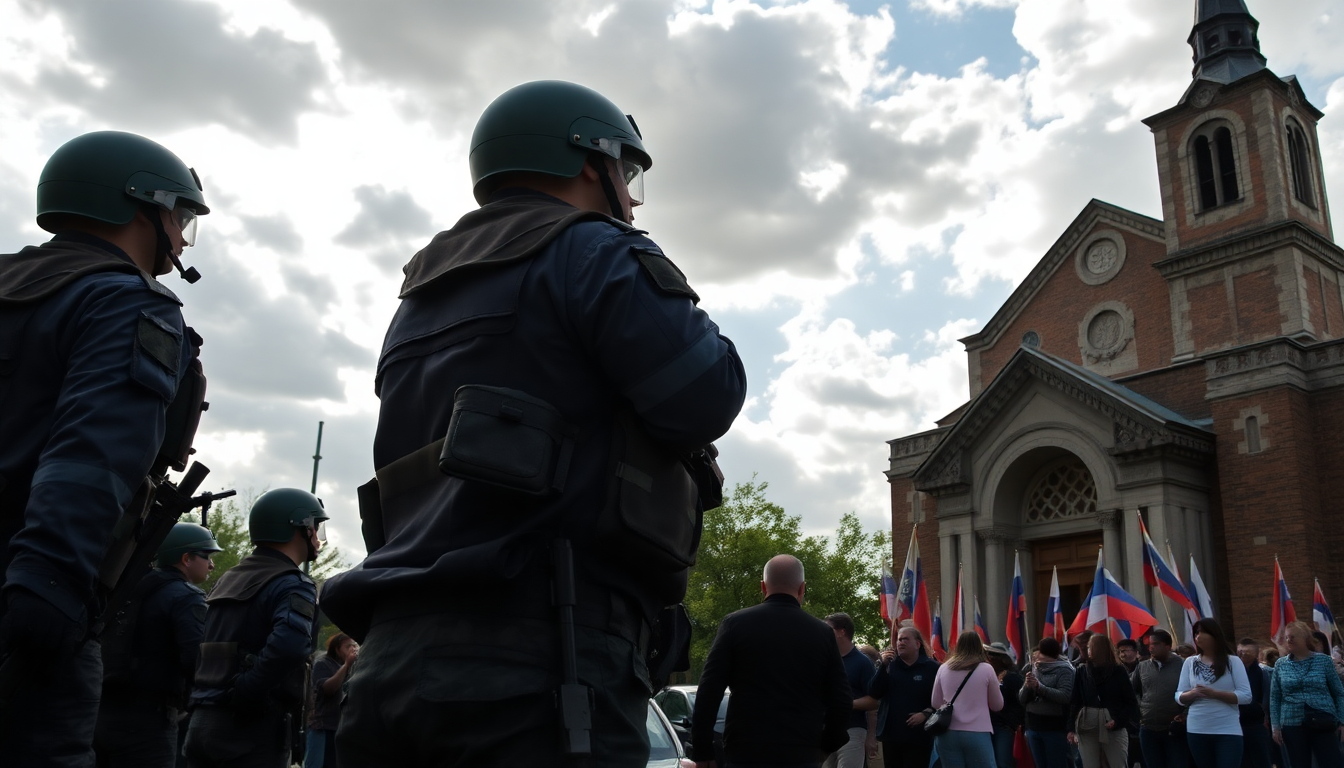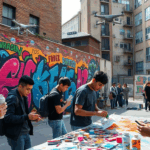Table of Contents
In the wake of Armenia’s recent political upheaval, the arrest of Archbishop Bagrat Galstanyan has escalated tensions between government authorities and the Apostolic Church. Prime Minister Nikol Pashinyan revealed that security forces successfully thwarted a coup attempt allegedly plotted by Galstanyan, a key opposition figure.
This incident highlights the ongoing instability that has plagued Armenia’s political landscape, especially following its military setbacks in the conflict with Azerbaijan.
Context of the Arrest
The arrest of Archbishop Bagrat Galstanyan, who leads the Holy Struggle opposition movement, is a significant turning point in the standoff between Pashinyan’s government and the powerful Apostolic Church.
Since Armenia’s defeat in the 2020 war against Azerbaijan, dissent against Pashinyan has surged, particularly from church leaders who have openly expressed their discontent. Catholicos Garegin II, the head of the church, has called for Pashinyan’s resignation, a move that underscores the deep societal divisions stemming from perceived mismanagement during the war.
Galstanyan, known for his ambition to take over Pashinyan’s role as prime minister, allegedly conspired with a group of around 1,000 supporters to destabilize the government. The Armenian Investigative Committee claims this group was ready to instigate various disruptive activities, including violence and public disorder.
But what does this mean for the average citizen?
Pashinyan’s allegations, shared via social media, depict a coordinated effort by what he termed a ‘criminal-oligarchic clergy’ aiming to seize power. Legal actions have been initiated against Galstanyan and others, marking a significant escalation in the government’s response to dissent.
It raises a crucial question: how far will the government go to maintain control?
The Political Climate and Its Implications
Galstanyan’s arrest is not just another isolated incident; it’s part of an alarming trend of rising tensions in Armenia’s political sphere.
After the loss of Nagorno-Karabakh—a region with deep historical significance and a longstanding contention with Azerbaijan—divisions within Armenia have grown deeper. The government and the church are at odds, with public sentiment increasingly demanding accountability from Pashinyan’s administration.
The impact of Galstanyan’s arrest goes beyond political chess moves; it reflects the widespread societal discontent that’s brewed since the military defeat. Protests led by church figures and opposition leaders have become commonplace, as many citizens call for a change in leadership to address what they consider a series of failures. How will Pashinyan navigate these turbulent waters while trying to keep order?
Moreover, the arrests of other notable figures, including real estate tycoon Samvel Karapetyan, indicate a focused approach by Pashinyan to quash dissent. While such actions may offer temporary stability, they risk provoking further unrest and resistance from opposition groups. Are we witnessing the beginning of a larger struggle for power?
Outlook for the Future
As we look ahead, Armenia’s political landscape remains uncertain. The government’s tough stance against dissent could either bolster its authority or trigger a more significant backlash from the people. With public sentiment continuing to shift, the likelihood of further protests and calls for reform is high.
In the short to medium term, Pashinyan’s administration must address the concerns of both the public and the church if it hopes to regain trust in its leadership. The ongoing investigations and legal actions against high-profile opposition figures will play a crucial role in shaping the political discourse in Armenia. Will this lead to a more open dialogue with the opposition?
Ultimately, resolving this political crisis hinges on the government’s willingness to engage in meaningful conversations with opposition leaders and tackle the underlying issues that have sparked unrest. As Armenia grapples with its recent past and an uncertain future, navigating these complex political and social dynamics will be key to finding a way forward.





